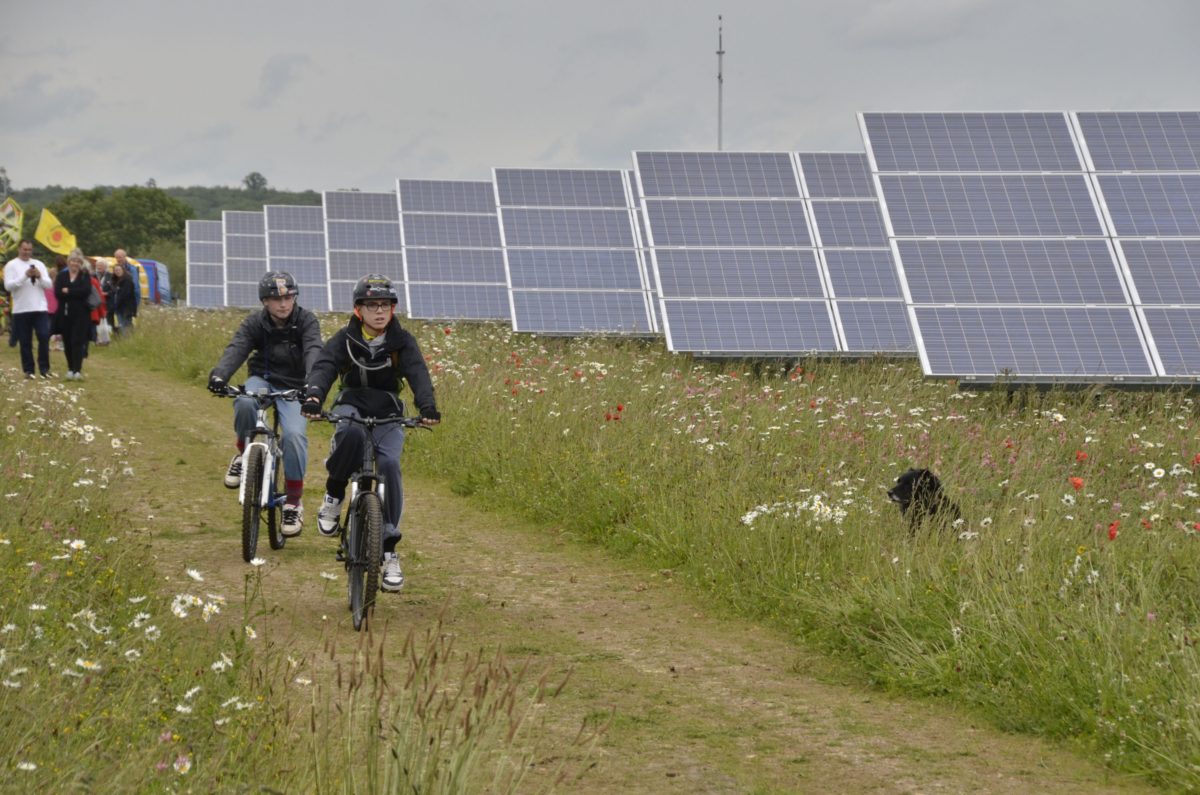nifty-stuff.com
New Member
- Joined
- Oct 3, 2019
- Messages
- 126
I'm in California on a Time Of Use rate plan (grandfathered into E-6) where electricity is much more expensive during peak usage times from 4pm - 9pm (when solar isn't producing as much... i.e., the duck curve of solar & consumption).
I already have a 3kw system facing south, but it is no longer enough to cover our usage. I'm kicking myself for not sizing it larger 10 years ago when I got solar installed.
I'm debating what will produce the overall long-term bang for my buck. There are a handful of options / configurations. A few things I'm considering:
What do you think?
... basically the idea is similar to what they found in research here:

 pv-magazine-usa.com
pv-magazine-usa.com
I already have a 3kw system facing south, but it is no longer enough to cover our usage. I'm kicking myself for not sizing it larger 10 years ago when I got solar installed.
I'm debating what will produce the overall long-term bang for my buck. There are a handful of options / configurations. A few things I'm considering:
- Over-build my system and send excess power back to PG&E at a lower rate
- Have my panels facing West. Even though less efficient, they will produce more power during the evening than the South facing
- Battery backup to grab excess during the peak times and use it in the evening
What do you think?
... basically the idea is similar to what they found in research here:

Overbuilding solar cheaper than seasonal storage and natural gas in Minnesota
An analysis by Clean Power Research, commissioned by the MN Solar Pathways Initiative, shows that 10% solar by 2025, and 70% wind+solar+storage in 2050 can be achieved at a comparable cost to natural gas-fired generation.


